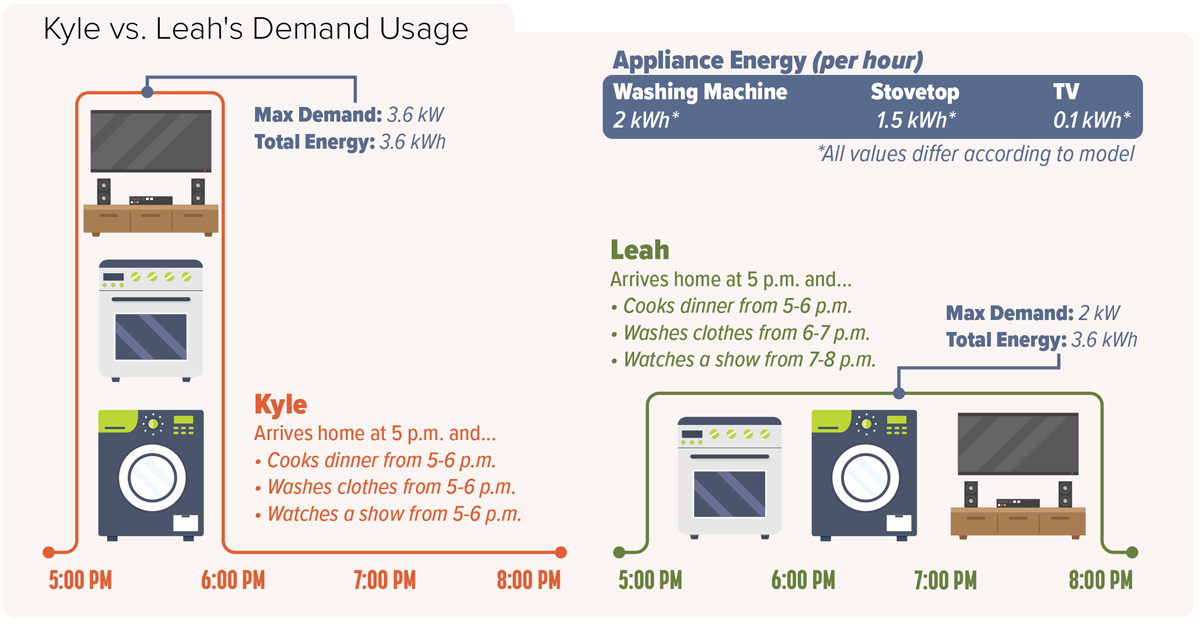As a Todd-Wadena Electric Cooperative member, you’ve likely heard us talk about load control or seen headlines like “Electric Demand on the Rise.” But what exactly is demand when it comes to electricity?
In simple terms, demand refers to how much electricity is being used at any one time. It’s not just about how much energy you use in a day—it’s also when you use the energy. You and your neighbor might consume the same total energy over 24 hours, but if you run all your appliances during one peak hour, your demand is higher.
Consider the following example:

Why does this matter? It matters because electricity has to be ready and available the moment it’s needed. When many people use a lot of electricity at once—typically in the morning or early evening—it creates demand spikes. These spikes strain the grid and increase costs for everyone.
To help manage this, Todd-Wadena offers several Energy Management Programs that encourage shifting usage to off-peak times—when electricity is more affordable and the grid is under less pressure:
- Dual Fuel Program: This combines two heating sources to help members save money and manage demand. During high-demand periods, the system automatically switches to a backup heat source.
- Water Heating Programs: These off-peak programs heat water during low-demand hours, storing hot water for use throughout the day—cutting both your demand and your costs.
- Electric Thermal Storage (ETS) Program: This uses special heating systems that store heat generated during off-peak times and release it as needed, helping balance demand and improve efficiency.
- Off-Peak EV Charging: The off-peak EV charging program charges your EV during off-peak hours (overnight), cutting both demand and your costs.
These programs are practical ways to lower your energy bill while supporting the reliability of our local power system. When you participate, you’re not just saving—you’re helping ensure a more stable energy future for your entire community.
